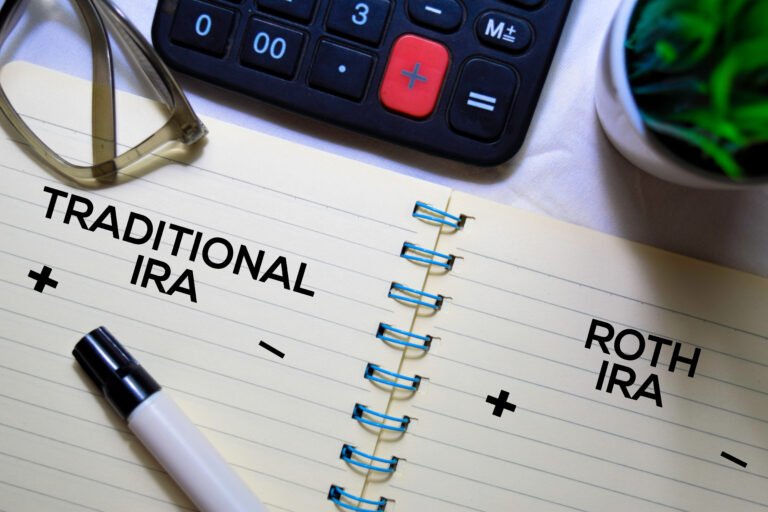As an employer, you can play a vital role in helping your employees save for their retirement. Most people will need between 70 and 90 percent of their preretirement income to maintain their standard of living in retirement. These days, retirement can be 30 years or longer. By establishing a retirement plan, you can help secure your own retirement and that of your employees.
Aside from the obvious benefit of saving for the future, there are several other key benefits to creating a retirement plan:
- There are tax advantages to you (the employer) and the employee. Contributions are typically deductible from your taxable income. If your business is not incorporated, you can generally deduct contributions from your personal income. If your business is incorporated, the corporation can deduct the contributions as a business expense. Employee pre-tax contributions reduce an employee’s wages for income tax purposes. Both employer and employee contributions grow tax deferred until withdrawn.
- Eligible employers may be able to claim a tax credit of up to $5000, for three years, for the ordinary and necessary costs of starting a SEP, SIMPLE IRA or qualified plan. A tax credit reduces the amount of taxes you may owe on a dollar-for-dollar basis.
- Retirement plans can help you attract and retain qualified employees. Employer plans often allow employees to save their own contributions beyond the limits of Individual Retirement Accounts (“IRAs”). Employer matching contributions, in addition to employee contributions, make the benefit of saving even more attractive.
There are many different retirement plans available to small business owners. Read more about the contribution and administrative requirements to determine which one is most suitable for you.
Types of plans available for small businesses:
Simplified Employee Pension IRA (“SEP IRA”)
If you have a business with variable income and you want more flexibility, a SEP IRA may be for you. If you are self-employed, you can contribute up to the lesser of 25% of each employee’s compensation or $66,000 in 2023. If they are 50 or older, there is also a $7,500 catch-up contribution, allowing total contributions in 2023 of $73,500. If you have employees in the years you contribute to the plan, you must contribute the same percentage of income for them as you contribute for yourself. SEP IRA plans are funded solely by employer contributions, meaning employee contributions are not permitted. You do not have to contribute every year to a SEP IRA, which is key to its flexibility, but any contributions made on behalf of employees are 100% vested upon contribution.
Savings Incentive Match Plan for Employees (“SIMPLE IRA”)
If you prefer that your employees have the ability to make their own contributions, you might consider a SIMPLE IRA. SIMPLE IRAs are only available for businesses with up to 100 employees. Employees can make annual salary deferral contributions up to $15,500 in 2023 (plus an additional $3500 if they are 50 or older), not to exceed 100% of their compensation. You as the employer must also contribute to their accounts—you can either match the employees’ contributions dollar for dollar up to 3% of compensation (contributions can be reduced to as little as 1% in any two out of five years) or contribute 2% of each eligible employee’s compensation (called a non-elective contribution). Employee and employer contributions are always 100% vested upon contribution.
401(k)
The 401(k) is the most popular type of retirement plan in the US. With this plan, both the employer and employee can make contributions. The employer component can include matching contributions up to a certain percentage, non-elective contributions and/or profit-sharing contributions. For 2023, employees can make elective deferrals of up to $22,500, or $30,000 if age 50 or older. The total contribution limit cannot exceed $66,000 in 2023. Added benefits can include vesting schedules, loan provisions and after-tax Roth contribution options.
SELF-EMPLOYED or SOLO 401(k)
The self-employed 401(k) plan has the same benefits and features as the 401(k) plan above but is specifically designed for solo entrepreneurs. This plan is for anyone who is self-employed with no employees other than their spouse, and only the owner and spouse may participate in the plan. The plan offers the largest possible contribution because it recognizes that self-employed people wear two hats—as an employer and as an employee. As an employer, you can make a a profit-sharing contribution of up to 25% of compensation. As an employee, you can make elective deferrals of up to $22,500 for 2023 ($30,000 if 50 or over). Total contributions as employer and employee cannot exceed $66,000 for 2023 ($73,500 for those age 50 and older). And this plan also can offer loan provisions and after-tax Roth contribution options.
Conclusion:
In choosing the plan that works best for you, consider how much flexibility you want in terms of contribution limits and who is going to make contributions. You should also consider the cost of set up and the hassle of ongoing administration. The SEP, SIMPLE and Self-Employed 401(k) can be established with relative ease at most brokerage firms with little, if any, setup and ongoing administration cost. Neither the SEP nor the SIMPLE require annual plan filings with the Internal Revenue Service. The Self-Employed 401(k) does not have discrimination testing or filing requirements until the plan assets exceed $250,000. At that point, a single form (IRS form 5500-EZ) is filed for the plan. The 401(k) typically does require the services of a third-party administrator who can set up and administer the plan on an ongoing basis. Their fees are usually based on a flat amount and increase with the number of participants in the plan.
Of course, if none of these plans are right for you, you can always help your employees establish and fund Individual Retirement Accounts (IRAs), either Traditional or Roth. While contribution amounts are more limited, you are still helping your employees save for their future, while offering an added benefit to your overall employment package. When choosing a plan, consider your priorities and weigh the pros and cons carefully. Retirement planning decisions you make today can greatly impact your future and your employees’ futures.
If you have questions and would like to talk with us further, please call us at 513-271-6777. For more THOR reading, click here to go to the Blogs and Market Updates section on our website.
Follow us on social media:



